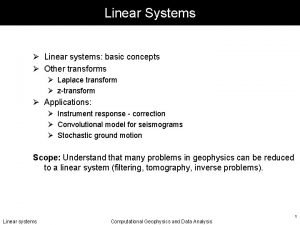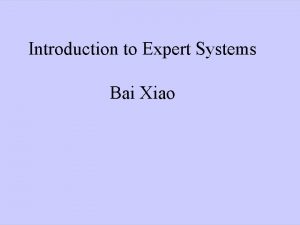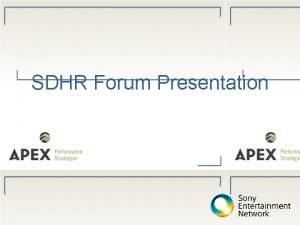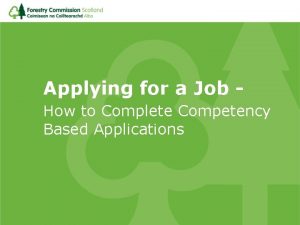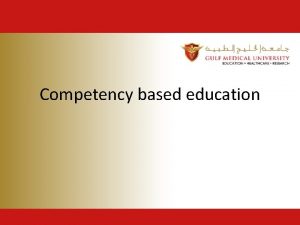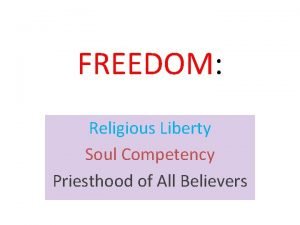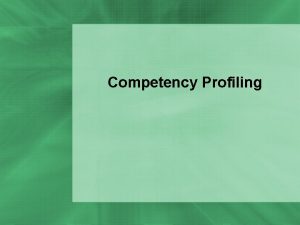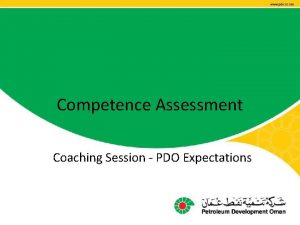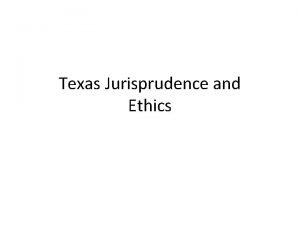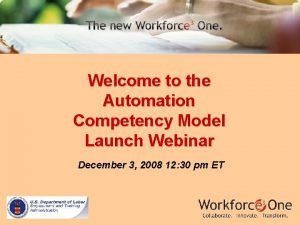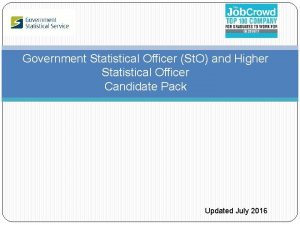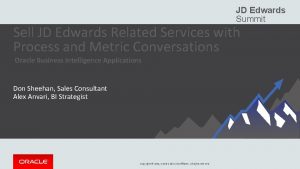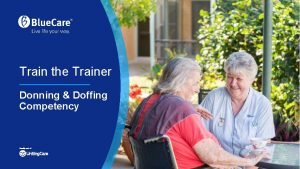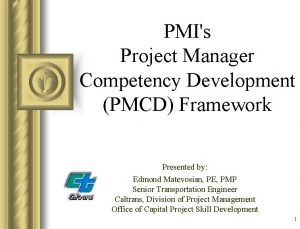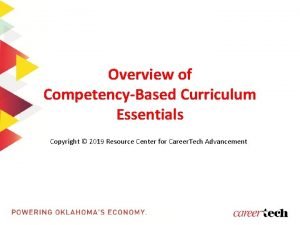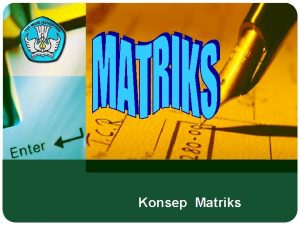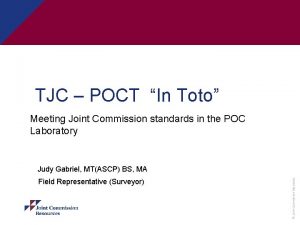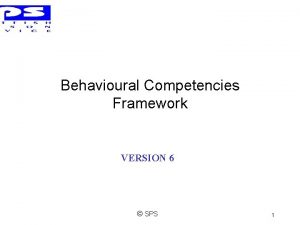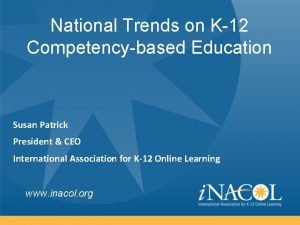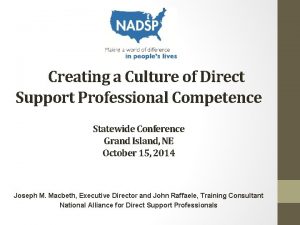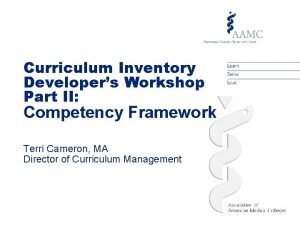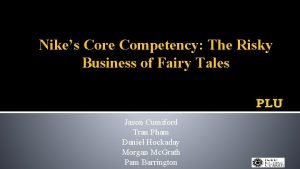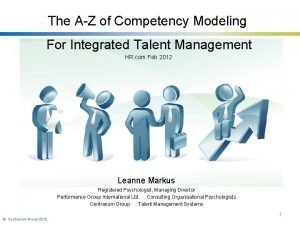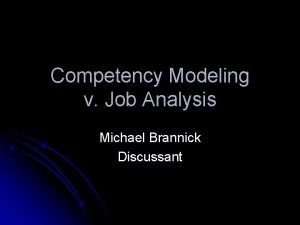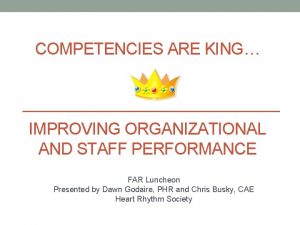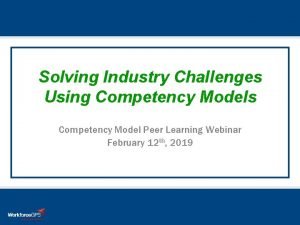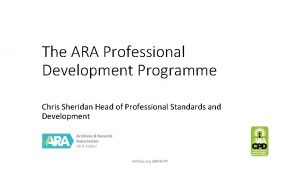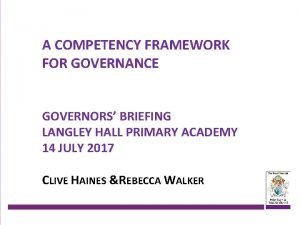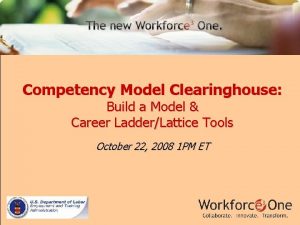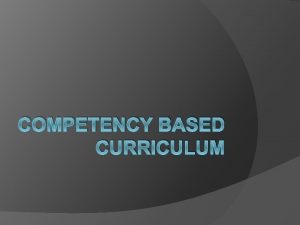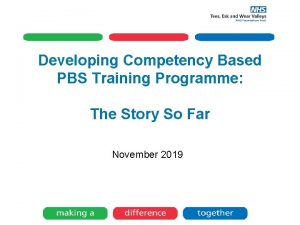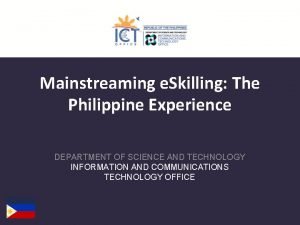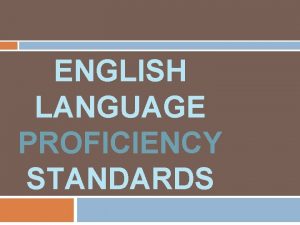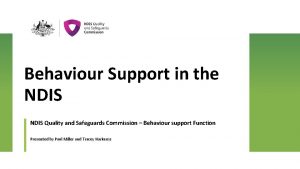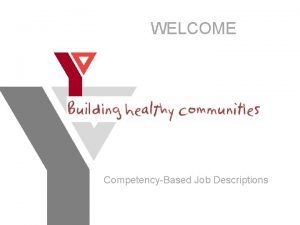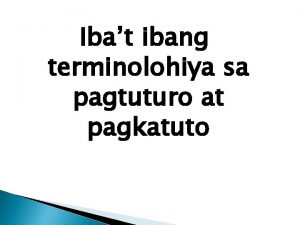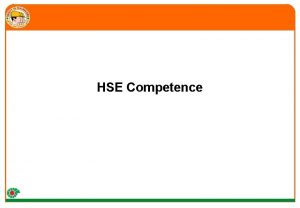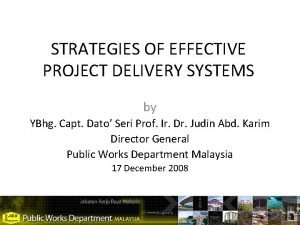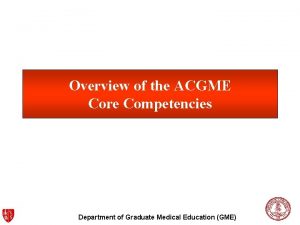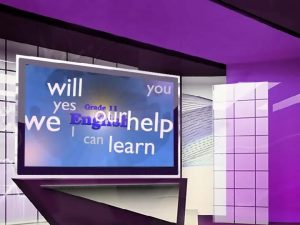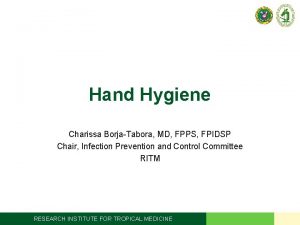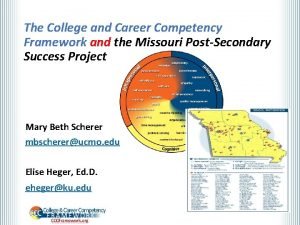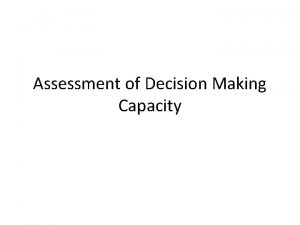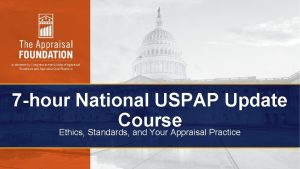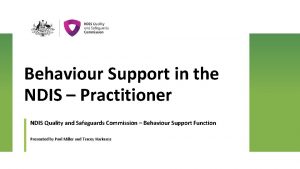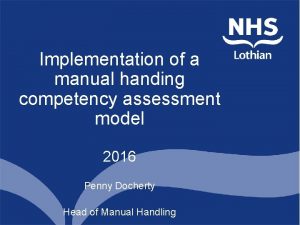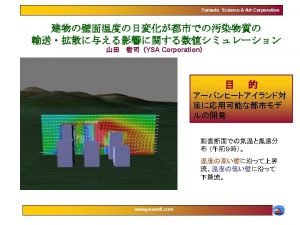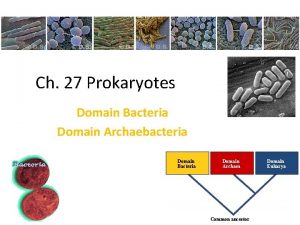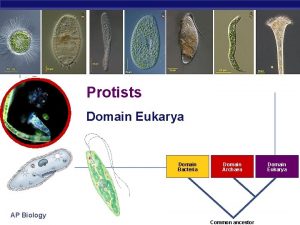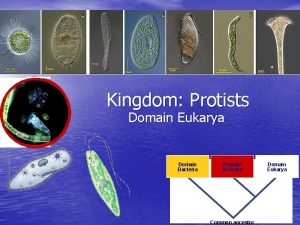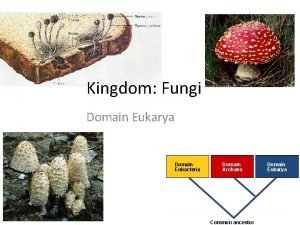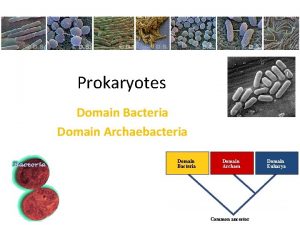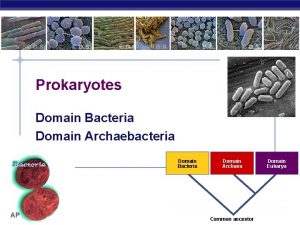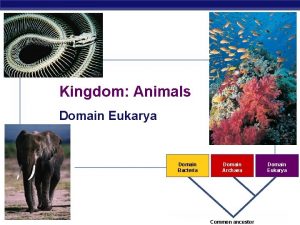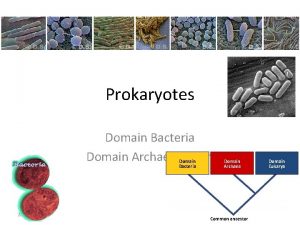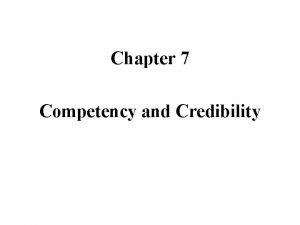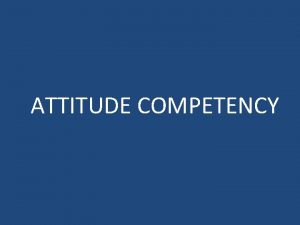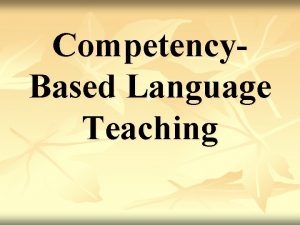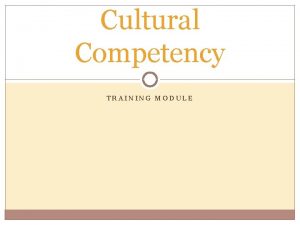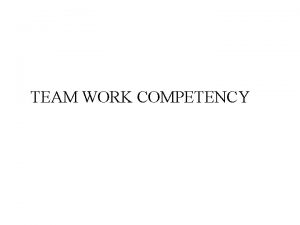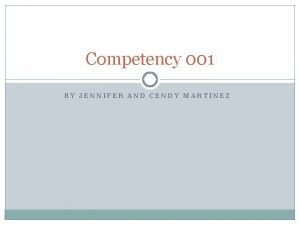Domain 3 Competency t Affect Expression Domain 3































































- Slides: 63

Domain 3: Competency t Affect Expression

Domain 3: Competency • Overarching Goal: Build the foundational skills needed for healthy ongoing development and resiliency, by supporting key reflective capacitates, including ability to set goals and make active choices and developmentally- appropriate sense of self.

Remember the idea of “developmental lag”?

Executive Functions • The Main Idea: Work with children to act, instead of react, by using higherorder cognitive processes to solve problems and make active choices in service of reaching identified goals Executive Functions

Executive Functions: Key Concepts • Executive functions are the “captain of the cognitive ship”; they provide the tools that help children navigate their world in an active, goal-directed way


• Executive functions are primarily held in the prefrontal cortex; children who experience chronic/ongoing trauma often have overactive limbic system response, and fail to develop adequate pre-frontal controls….

Supporting Executive Functions • Support the child in actively recognizing his or her own ability to make choices and have power (agency) • Support active evaluation of situations (affect identification / attunement) • Support and build the client’s capacity to inhibit response (modulation) • Support the client in generating alternative solutions / decision-making skills (problemsolving) Blaustein & Kinniburgh, 2010; Kinniburgh & Blaustein, 2005

Problem solving Actively practice this skill across tasks, describe what you are doing as you do it. 1. Noticing there is a problem 2. Identify and understand the problem 3. Thought shower all options 4. Evaluate all consequences and make a choice 5. Implement and evaluate solutions.

Trauma- Problem Solving • 1. Notice and realize that your alarm is being set off (Affect Identification / attunement). • 2. Identify the trigger and appraise for actual danger versus false alarm. (Affect Identification / attunement) • 3. Use regulation skills to establish internal safety by inhibiting fight / flight / freeze response (modulation).

Trauma problem solving (cont) • 4. Understand the actual current problem, and identify goals: what is it that you want? • 5. Thought shower all the ideas you have for reaching your goal. • 6. Evaluate the possible consequences of each idea, and then make a choice. • 7. Implement and evaluate solutions. Revise as needed.

Entry Points: “I don’t know why everyone’s so angry. ” – Help children concretely define the situation they are confused about (i. e. , “suddenly everyone was mad”). – Track backward: what was happening five minutes before “everyone was mad”? Assess: situation, body state, feelings, thoughts, etc. – Continue to move backward to the earliest cues available. Help children notice clues that there is “a problem”, i. e. , that their own feelings were getting out of control, or that other people were upset. Tie in to Affect Identification skills.

“But I had to. . . ” • Entry point: Listen for moments when children identify a situation, either past or future, in which they did not or do not feel as if they have a choice. • Goal: Increase awareness of choices “I’m gonna…[insert bad choice here]” Entry point: Listen for moments when child names a potentially negative choice that they plan on making. Ø Goal: Increase understanding of consequence for actions. Ø

“It’s all (my mother’s, my friend’s, the teacher’s, my dog’s, etc. ) fault!” • Entry point: Listen for moments when children externalise responsibility for a choice they have made. • Goal: Increase understanding of consequences for actions.

Teach Problem Solving to young children through play and modeling Blaustein & Kinniburgh, 2010; Kinniburgh & Blaustein, 2005

1. Hide and Seek Games Blaustein & Kinniburgh, 2010; Kinniburgh & Blaustein, 2005

2. Sorting Games Blaustein & Kinniburgh, 2010; Kinniburgh & Blaustein, 2005

3. Puzzles, Shapes, Memory Games Blaustein & Kinniburgh, 2010; Kinniburgh & Blaustein, 2005

Teach Problem-Solving to Older Children and Adolescents Through Cooperative Games and Group Goals Blaustein & Kinniburgh, 2010; Kinniburgh & Blaustein, 2005

Planning activities

Useful resources for helping children develop executive functioning skils • https: //childmind. org/article/helping-kidswho-struggle-with-executive-functions/ • Using checklists, setting time limits, planners, routines, exploring different ways of learning (visual, tactile etc)

Luke and executive functions We identified that Luke had serious “lag” in all areas of executive functioning (an Educational Psychologist can help here). Psychoeducation about developmental trauma helped school staff understand, he didn’t have the skills to take turns, wait or plan. (allowing them to see his behaviour differently). Lunch time activities supported him, playing board games, problem solving activities.

Luke and executive functions The cubs!!! (or similar!) Luke was given small amounts of responsibility where he had to solve problems (stationary monitor etc) but with adult support to help him regulate if needed. Luke had easily achieved goals set and he was reminded of the goals and supported to solve problems that got in the way of his goals.

Any ideas for improving executive functions?

Small group review of executive functions? • So what resources do you as an individual / a school have that already work well in helping children develop executive functions ? • What more might you need? • Who might you need support from? • “Yes Buts” and Next Steps?

Self Development and Identity

Self and Identity • The Main Idea: Helping children towards an understanding of self and personal identity, including: • Helping them notice the positive and unique things about themselves • building of coherence across time and experience, • helping them to imagine and work towards future possibilities.

General Considerations: • Reflection and attunement play a key role; ‘Trauma Experience Integration’ is embedded within the attachment / caregiving system – Integration of traumatic experiences requires the capacity to observe and be curious about the range of self-experiences – The holder of the reflective lens (the “curious observer”) is likely to shift over time, from external to internal • Caregiver affect management and self-care is crucial • Trauma Experience Integration is a process that takes place over time

Self Development and Identity: Key Concepts • Growth of a coherent sense of self and personal identity normally develops over the course of childhood.

Trauma……. cont • Lack of exploration due to lack of secure attachments.

Trauma impacts on sense of positive identity (self esteem) • Negative experiences lead to negative view of self (including broader social messages)

Treatment Targets: Aspects of Identity • Unique Self • Positive Self • Cohesive Self • Future Self

Unique Self: Individuality • Goal: Help child identify personal attributes (likes, dislikes, values, talents, opinions, culture etc. ) • Often seen in KS 1 classrooms but also useful for older children? Powerful to see something about them on the wall. • Example Activities: – All About Me Books – Personal collage (general/specific) – Group collage around single theme, with individual child sections – Artistic self-expression – Bulletin boards with space dedicated to each resident – Activities celebrating individual diversity (i. e. , culturespecific meals, holiday celebrations, etc. )

My coat of arms…

Positive Self: Esteem & Efficacy • Goal: Build internal resources and ability to identify positive aspects of self • Example activities: – – – Power book Pride wall Superhero self End-of-week awards Display child accomplishments—think of the refrigerator display – Tune into moments of success (both relative and absolute); name them; capture them concretely (both individually and in milieu)

Self esteem is a suitcase. .

Cohesive Self: Self Across Time and Context • Goal: Help child build sense of self which integrates multiple aspects of experience • Working with the child to help them explore the ways in which all of their experiences have contributed to who they are and how they see themselves

Future self: Future orientation • Goal: Build child’s ability to imagine self in future; build connections between current activities and future outcomes • Example activities: – – Future self drawing 5 -10 -20 years Life book addendum Goal setting, future-planning: help kids develop goals (i. e. , beyond primary school, )---help explore possibility • Connect it: In conversation, pay attention to how current actions/ experiences connect to future goals

Luke and self identity Luke had a very limited sense of self. His mum was encouraged to keep his awards etc on the cupboard at home. Mum came into school more regularly and consultations with his teacher focussed more on where he was doing really well. Luke had an idea that there was a “good Luke” and a “bad Luke”. Worked with Luke to see these as both being him.

Luke and self identity TA built and “all about me “ book with Luke had an idea that there was a “good Luke” and a “bad Luke”. Worked with Luke to see these as both being him. Luke given time with an adult to make choices about what he liked, this was particularly obvious in setting such as “golden time”.

Small group review of selfidentity? • So what resources do you as an individual / a school have that already work well in helping children learn to build a sense of self identity? • What more might you need? • Who might you need support from? • “Yes Buts” and Next Steps?

Any self identity ideas?


How does past impact present? • Historical experiences often interfere with children’s capacity to effectively navigate current life • As described in PTSD Cluster B symptoms, children may be impacted by specific intrusive memories of or thoughts about historical events Blaustein & Kinniburgh, 2010; Kinniburgh & Blaustein, 2005

Where do I go from here? Considerations for building ARC into your practice or system Blaustein & Kinniburgh, 2010; Kinniburgh & Blaustein, 2005

8 Primary Skills in 3 Domains Supported by two integrative strategies In service of one unifying goal of Trauma Experience Integration Blaustein & Kinniburgh, 2010; Kinniburgh & Blaustein, 2005

Supporting Integration and Sustainability • Build understanding in layers; deepen over time • Integrate key language and concepts (into discussion, into forms, into pastoral care plans, into goals and action steps, etc. ) • Build structures that support the intervention plan/pastoral care plan • Pay attention to the details, but keep sight of the “big picture” Blaustein & Kinniburgh, 2010; Kinniburgh & Blaustein, 2005

And the big picture is?

Trauma informed schools • Not a whole new approach, or new lesson plans • Catching the moments as they arise as we look through a trauma lens.

Take home slides (stuff to remember if nothing else…)


While kids are getting really good at survival, what are they not getting? Curriculum - Blaustein

Trauma’s Dual Influence on Development • Prioritization of those domains of skill / competency / adaptation which help the child survive their environment and meet physical, emotional, and relational needs • De-emphasis of domains of development which are less immediately relevant to survival Blaustein & Kinniburgh, 2010; Kinniburgh & Blaustein, 2005

Addressing the experience of the adult system is essential • Three reasons: – 1) Because YOU matter – 2) Because the more regulated you are, the more effective you are – 3) Because how you are doing, and how you are reacting, will ultimately impact the students you are working with Blaustein & Kinniburgh, 2010; Kinniburgh & Blaustein, 2005

It starts with curiosity • No matter how many students you have had, none of them come with an instruction manual • Every child is different: no matter how many you have taught, there is a process of learning THIS child (you know, that one in the back of the room making you crazy). Blaustein & Kinniburgh, 2010; Kinniburgh & Blaustein, 2005

Attunement skills support youth regulation • OBSERVE: Yourself (caregiver): notice your own cues of distress, support needs, or loss of control • MODULATE: Yourself: If you can only stay in control of one thing, make it you. Use your in-thepocket strategies of other resources. • OBSERVE: Your child: pick up on those “clues” of need / distress as early as possible. Increasingly, try to anticipate (get in front of) these by observing and anticipating patterns. Blaustein & Kinniburgh, 2010; Kinniburgh & Blaustein, 2005

Attunement skills support youth regulation • (CO-)MODULATE: Your child: mirror what you see (simply), and cue, support, and reinforce use of regulation strategies. Pay attention to opportunities for control. • DO: After everyone is calm: reflect, process, limitset, problem-solve. Don’t waste the “do” on the limbic system (yours or the child’s). Blaustein & Kinniburgh, 2010; Kinniburgh & Blaustein, 2005

Shame • Children and youth experience a profound sense of shame and damage. Their self concept is shaped by the terrible things that have been said or done to them. • Shame is isolating and leads to a profound sense of loneliness. • Poor self esteem; perceived incompetence; expectations for failure and poor body image are experiences related to shame. Curriculum - Kinniburgh

Blaustein & Kinniburgh, 2010; Kinniburgh & Blaustein, 2005

Children are not simply a composite of their deficits, but are whole beings, with strengths, vulnerabilities, challenges, and resources. ARC provides a framework that seeks to recognize factors that derail normative development, and to work with children, families, and systems to build or re-build healthy developmental pathways. Blaustein & Kinniburgh, 2010; Kinniburgh & Blaustein, 2005

Blaustein & Kinniburgh, 2010; Kinniburgh & Blaustein, 2005

So what next? • • • Surprises Satisfactions Learnings Discoveries Dis-satisfactions Next steps Blaustein & Kinniburgh, 2010; Kinniburgh & Blaustein, 2005

 Quadratic formula examples
Quadratic formula examples Inverse z transform table
Inverse z transform table S domain to z domain
S domain to z domain Z domain to frequency domain
Z domain to frequency domain Domain specific vs domain general
Domain specific vs domain general Language processor mcq
Language processor mcq Trapezoidal wave fourier series
Trapezoidal wave fourier series Domain specific software engineering
Domain specific software engineering Z domain to frequency domain
Z domain to frequency domain Problem domain vs knowledge domain
Problem domain vs knowledge domain Domain and range games
Domain and range games Lominger competency model
Lominger competency model Civil service competency examples
Civil service competency examples Is competency observable
Is competency observable Soul competency
Soul competency Competency profiling
Competency profiling Hse competency assessment
Hse competency assessment The mission of the bon supersedes
The mission of the bon supersedes Automation competency model
Automation competency model What is ncbts?
What is ncbts? Statistical officer civil service
Statistical officer civil service Jd edwards
Jd edwards Donning and doffing competency
Donning and doffing competency Project manager competency development (pmcd) framework
Project manager competency development (pmcd) framework What is competency based education
What is competency based education Macammaca
Macammaca Totomeeting
Totomeeting Qsen competency safety
Qsen competency safety Competency based language teaching
Competency based language teaching Sps behavioural competency framework
Sps behavioural competency framework Competency based learning
Competency based learning Nadsp competency
Nadsp competency Physician competency reference set
Physician competency reference set Competency tracking
Competency tracking What are nike's core competencies
What are nike's core competencies Heb competency model
Heb competency model Pengertian competence
Pengertian competence Job analysis and competency modeling
Job analysis and competency modeling Competencies definition
Competencies definition What is a competency
What is a competency Ara competency framework
Ara competency framework Learning competency code
Learning competency code Certificate of competency sba
Certificate of competency sba Governor competency framework
Governor competency framework Competency model clearinghouse
Competency model clearinghouse Comparison between cbc and 8-4-4
Comparison between cbc and 8-4-4 Competency based training aba
Competency based training aba Thrustinvesting
Thrustinvesting Language proficiency levels
Language proficiency levels Ndis behaviour support competency framework
Ndis behaviour support competency framework Diversity competence
Diversity competence How to develop a competency based job description
How to develop a competency based job description Sikolohikal kahulugan
Sikolohikal kahulugan Pdo hse
Pdo hse Project delivery competency framework
Project delivery competency framework Acgme core competencies
Acgme core competencies Unit 6 competency test answers
Unit 6 competency test answers Hand hygiene competency
Hand hygiene competency College and career competency framework
College and career competency framework Decision making competency
Decision making competency Competency mapping template
Competency mapping template Uspap advisory opinions
Uspap advisory opinions Ndis behaviour support competency framework
Ndis behaviour support competency framework Moving and handling competency assessment template
Moving and handling competency assessment template


